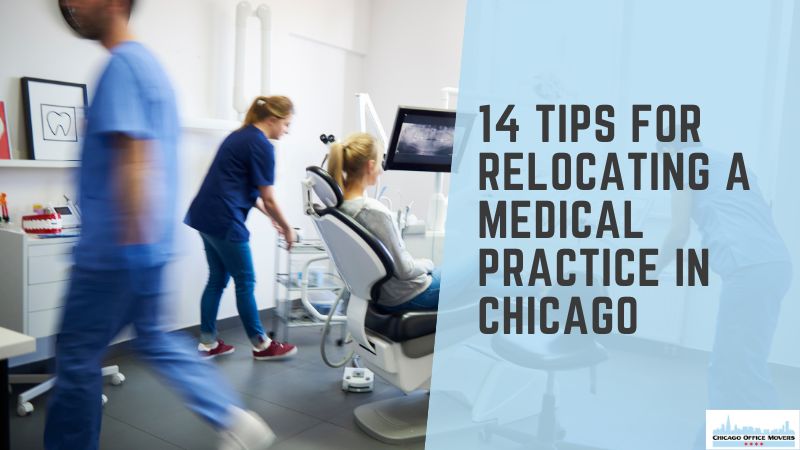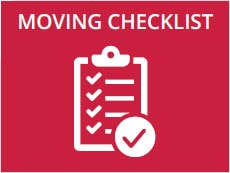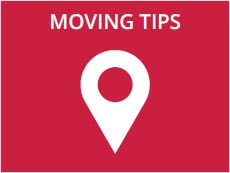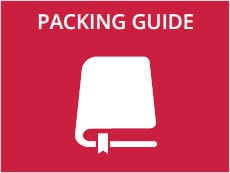Last Updated on August 25, 2025 by Kari-Ann Ryan
When health practitioners outgrow their current medical office, upgrading to a new facility often becomes the next step. Relocating a practice, however, comes with both logistical challenges and the need to maintain patient trust. The following 14 tips can help ensure a smooth and successful transition.
There are many reasons why physicians choose to relocate a medical practice. Some practices require more space to accommodate larger waiting areas, additional staff, or new equipment. Others may move to a more affordable area to reduce overhead costs and increase profitability.
In some cases, relocation is motivated by growth opportunities, such as moving closer to a specific demographic or into a high-visibility, easily accessible building that attracts new patients. For other practitioners, personal priorities like achieving better work-life balance or being closer to family play an equally important role in the decision.
1. Start Planning Early
Plan several months in advance rather than wait until the last minute to move to a new facility. Early preparation prevents disruptions to workflow and business operations. If unexpected challenges arise during the preparation phase, adjustments can be made with minimal stress.
2. Perform an Assessment
Evaluate the current setup and determine what is working and what needs improvement. Anticipate future requirements that align with the practice’s values. Space for upgraded technology, for instance, may be a goal intended to improve medical services and patient satisfaction.
3. Select a Location
A new practice location should check off all the requirements, such as a layout that accommodates more patients, space for existing and new medical equipment or access to parking and public transportation. Verify the new building is ADA compliant, is wheelchair accessible and meets regulatory standards.
4. Find a Commercial Mover
Search for an insured, bonded commercial mover that is experienced in transporting medical equipment and abides by state and federal guidelines for relocating medical equipment. The moving crews should be trained in disassembling, packing, and transporting sensitive or hazardous medical equipment.
5. Notify Insurers and Organizations
Remain in compliance by notifying in-network providers and relevant federal insurers, like Medicare and Medicaid, of the new address. If the practice’s doctors are members of professional organizations or associations, provide them with the updated address to ensure uninterrupted operations.
6. Notify Service Providers
Practices that utilize services, like payroll, billing, and medical waste disposal, should inform providers of the relocation. Each physician in the practice must send a written notification before the move to the US Drug Enforcement Agency. Contact vendors that provide medical supplies, too.
7. Inform Patients
Patients are the bedrock of a medical practice, so it’s critical to inform them of the move clearly and courteously at least 30 days in advance. Use methods, such as listing the move date and new address on the practice website, posting a note on the door or emailing patients.
8. Notify Staff
In addition to patients and government agencies, the employees are among the stakeholders to be notified of the upcoming relocation. Brief the staff on the relocation plans, the timeline, and new procedures. Advise them of data security protocols and provide the necessary training.
9. Appoint a Relocation Project Manager
Build a relocation team consisting of employees who will each play a role in the success of the move. Designate a project manager to coordinate and oversee the relocation process; this team member should be available to answer questions or concerns from the staff.
10. Transfer Records Securely
While many of today’s medical practices rely on electronic medical records, some offices still store paper files that must be relocated securely. Develop a plan to move all records safely that adheres to HIPAA rules. Advise patients on how to access their medical records during the transition.
11. Schedule the Move Strategically
Minimize major disruptions to operations by scheduling the relocation during expected downtimes. Periods that are least busy for medical practices vary but generally are around the holidays or on certain days of the week, like Fridays. Tuesdays, for instance, are busiest with patient appointments.
12. Update Marketing Materials
Keep the practice information current. Post the new facility address, phone number, and contact information on the practice website. Additional marketing materials to update include business cards, brochures, and online directories. Update this information 2 to 3 months before the move.
13. Start Packing Early
Start packing in small phases weeks ahead of the move. This prevents the relocation process from becoming overwhelming to office managers and other personnel. Label each box with the contents to allow for quick access if those items are needed prior to the move date.
14. Test Equipment and Systems
Before resuming operations, test all medical equipment and IT systems to confirm proper functionality and security. This includes diagnostic machines, lab devices, imaging equipment, computers, and network systems. Make sure each device is calibrated, software is updated, and staff can securely access the system. Testing ahead of time prevents delays in patient care and protects sensitive data.
HIPAA Compliance and Protecting Patient Data During Your Move
When relocating a medical practice, keeping patient information safe is non-negotiable. Chicago practices face unique challenges during a move, and following proper HIPAA procedures is essential to avoid costly fines and protect trust. Here’s what it takes:
- Encrypt ePHI During Transport and Storage: Any electronic protected health information (ePHI) should be encrypted while being moved or stored. This ensures that, even if devices or drives are lost or temporarily misplaced, patient data remains secure.
- Use Multi-Factor Authentication (MFA): Accessing ePHI should require MFA on computers, servers, and mobile devices. This extra layer of security helps prevent unauthorized access during the busy and sometimes chaotic moving process.
- Perform Security Risk Assessments: Conduct thorough checks of your systems and processes before and after the move. Identify weak points in IT networks, data handling, and storage procedures so you can address vulnerabilities before they become problems.
- Verify Business Associate Agreements: Any third-party movers, IT specialists, or vendors handling sensitive records must have HIPAA-compliant agreements in place. This ensures that everyone involved meets federal standards for protecting patient information.
By following these key steps, your practice can prevent serious HIPAA violations. Fines for non-compliance can range from $100 to $50,000 per violation, depending on intent and severity. Taking proactive measures not only helps your practice stay within legal requirements but also reassures patients that their confidential information is managed with the utmost care throughout the relocation.
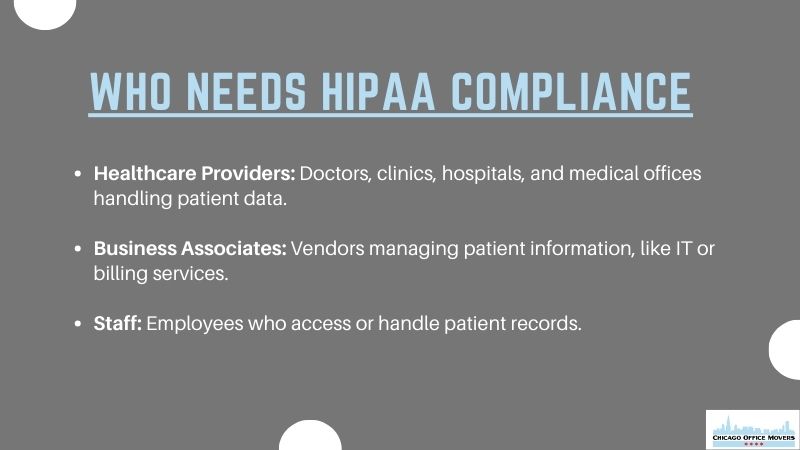
How to Keep Patients Informed and Maintain HIPAA Compliance
A smooth relocation isn’t just about moving equipment and furniture — it’s also about keeping your patients informed while protecting their sensitive information. Chicago practices can follow these steps to maintain trust and security:
Communicate Professionally:
- Send emails, text messages, or postcards to notify patients of the new address, phone numbers, and office hours.
- Update your website, voicemail, and Google Business profile to reflect the change.
- Avoid sharing any patient-specific health information in public communications.
Conduct a Post-Move HIPAA Review:
- Revisit your HIPAA Security Risk Assessment to ensure all safeguards are active.
- Confirm that physical security measures — including locks, alarms, and access controls — are functioning correctly.
- Provide staff with training on location-specific procedures or updates to data handling protocols.
Relocate Your Practice with Chicago Office Movers
Relocating a medical practice takes thorough planning and flawless execution. While a challenge, the move is less overwhelming when doctors work with an experienced commercial mover that provides expert assistance throughout the entire process, from planning to careful packing and secure transport.
Chicago Office Movers is the preferred choice for large corporations and small businesses with plans to move to greener pastures. We provide comprehensive commercial moving services, designed to support companies and allow them to reach their next destination as seamlessly as possible.
Our crews are background checked, licensed, and trained to handle moves of all sizes. We successfully pack and transport fragile lab equipment and heavy machinery. Movers treat all items with care, ensuring they arrive at the destination in the same condition as when they were packed.
Medical practices can be assured that their most sensitive goods, such as medical record files, are handled securely and confidentially. We also offer storage facilities when you need to store items prior to the move. At the destination, our movers provide setup services.
Reduce your downtime and stress by hiring the experienced relocation professionals at Chicago Office Movers. Our office moving company will relocate your medical practice, whether it’s down the street or across the ocean. Plus, our expertise and industry knowledge allow us to resolve issues right away.
Frequently Asked Questions
What equipment requires special handling in a medical office move?
Sensitive medical equipment such as diagnostic machines, imaging devices, lab instruments, and refrigeration units require careful handling. Chicago Office Movers disassembles, pads, and securely transports these items using specialized equipment. Digital devices and servers are also encrypted and tracked during transport. Working with a commercial mover like us who is experienced in medical office relocations helps prevent costly damage and downtime.
How far in advance should a medical office schedule a move?
In Chicago, it’s best to plan a medical office relocation 3 to 6 months in advance. Early planning allows you to coordinate with staff, notify patients and insurers, prepare records, and hire a trusted commercial mover like Chicago Office Movers.
Can moving during patient hours disrupt operations?
Yes. Moving while patients are being seen can create noise, congestion, and delays. Chicago Office Movers recommends scheduling relocations during slower periods, such as weekends or lighter appointment days. This keeps patient care uninterrupted and ensures the move is efficient and stress-free.

